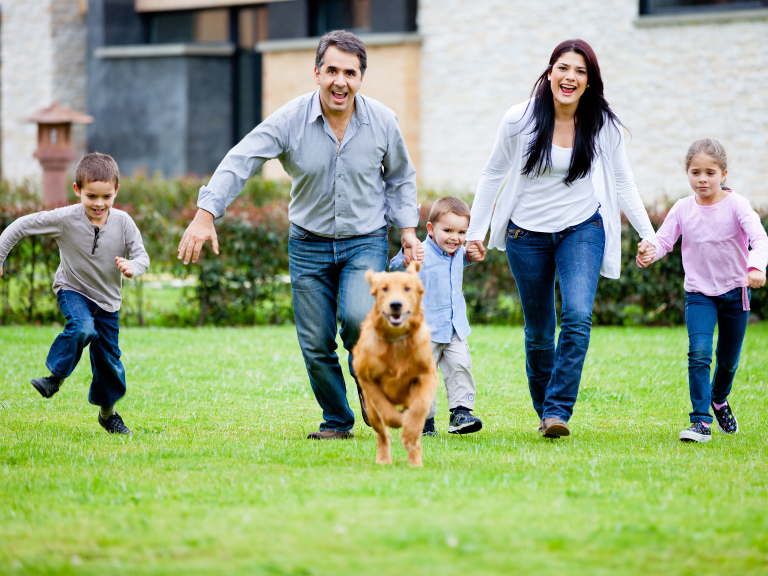A Christmas Tale - fire safety in the home (or, why you should be pouring water on the tree before the fire and not after it!)
12th December 2009
... Comments
<p><strong>The Hidden Danger of a Real Christmas Tree</strong></p>
<p>It’s Christmas time. A time of year to relax, open your presents, sip your glass of sherry and forget about fire safety. Or is it? I’ve been researching the growing number of fires caused by real Christmas trees catching fire. “<em>Surely you mean imitation Christmas trees?</em>” I hear you ask. No, I do mean <em>real </em>Christmas trees catching fire, threatening people’s lives and burning houses down!</p>
<p><strong>Video</strong></p>
<p>I’ve been watching a video produced and published by the <a title="NIST" href="http://www.nist.gov/index.html" target="_blank"><strong><span style="color: #ff6600;">National Institute of Standards and Technology (NIST)</span></strong></a> an American organisation devoted to fire research and setting standards in building construction. The video is called ‘Dry Scotch Pine Tree Fire’, a catchy title you may cynically think but one with a very serious message.</p>
<p>The video was made ten years ago and has since been promoted by fire officers around the world as they have realised that they can offer some very good advice to a largely unsuspecting public about the very real danger that a real Christmas tree can pose. NIST chose eight Scotch Pine trees, similar in size (about the size that most people choose for a Christmas tree) and cut down them down on the same day. They allowed seven of them to dry for three weeks but the eighth one they kept fully watered. NIST then tried setting fire to the trees to see if they would ignite and for the seven ‘dry’ trees all they needed was one match to ignite the tree and watch it burn away to ashes within minutes. The eighth tree, the well-watered ‘wet’ tree, they could not ignite.</p>
<p><strong>The problem</strong></p>
<p>The problem was clear. For about four or five weeks a year, thousands of families around the world took a tree into their homes that could potentially catch fire by using just one match and quite possibly burn the house down! The solution was even clearer. If the tree was kept watered, the risk of injury and the threat of a house fire would be much reduced.</p>
<p><strong>Your choice</strong></p>
<p>Now it’s at this point that you can give yourself a pre-Christmas quiz. The quiz questions are, should you (1) <a title="Fire safety video from NIST" href="http://www.faberc.org/Library/?action=view&item=item&collectionID=BFRL_MM&itemID=ScotchPine" target="_blank"><strong><span style="color: #ff6600;">CLICK here to watch the video</span></strong></a> that NIST produced? or (2) remain oblivious to the danger that may be lurking in your home?</p>
<p>The video is very short and shows a mock-up of an average western world living room with a sofa, a comfy chair, a table and table lamp and, quite poignantly, a cuddly toy sitting on the floor. In the corner of the room is a scotch pine Christmas tree covered with trimmings just as you can see in most homes in the UK at this time of year. The Christmas tree (one that has been without water for three weeks) is ignited at its base and within five seconds the flames are hitting the ceiling. Within 15 seconds you begin to lose sight of the room because of the amount of smoke and within 30 seconds you can see that all the furniture, the whole room, is on fire. Within 45 seconds the chances of survival in the room is nil.</p>
<p><strong>You will be shocked!</strong></p>
<p>I guarantee that if you watch the video and imagine that you are watching your own Christmas tree in your own living room, you will be shocked! You will also want to know what you can do to reduce the risk of it happening in your home.</p>
<p><br />It’s simple, just remember that if you have a <strong>real Christmas tree - keep the Christmas tree well-watered</strong>, in doing so you massively reduce the risk of it setting on fire. Also make sure your <strong>Christmas lights are sound and that have a 3 amp fuse fitted</strong> in the plug.</p>
<p>Do have a safe and joyous Christmas and New Year. Look out for more of my fire safety and fire risk assessment articles in the New Year.</p>
<p>For further information or guidance on fire safety in the home or office and advice on fire risk assessment, contact <strong><a title="Jim Baker at Allan Baker & Associates" href="http://www.thebestof.co.uk/local/hinckley/business-guide/feature/allan-baker-associates-hinckley/46924 " target="_blank"><span style="color: #ff6600;">Jim Baker (Fire Safety Consultant) at Allan Baker Associates</span></a></strong>, Hinckley, Leicestershire on <strong>01455 881 050</strong>.</p>/b8cc91c5-9bf0-458b-9355-175c3b4d12a3.jpg/a54540c8-4aec-4eca-9285-c1f3bcb3a52f.jpg
